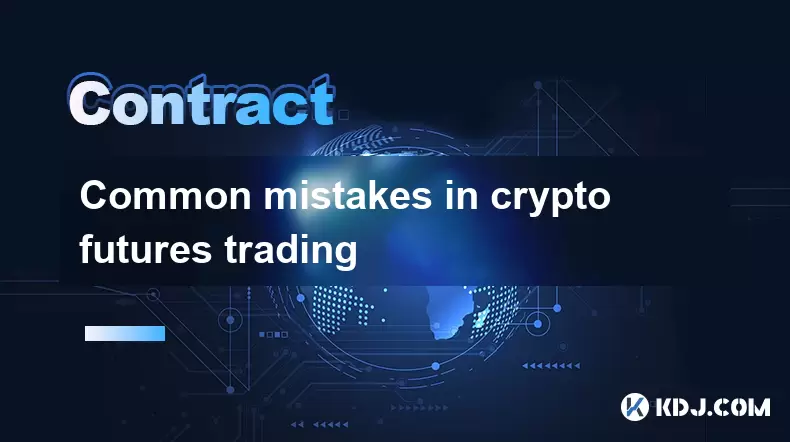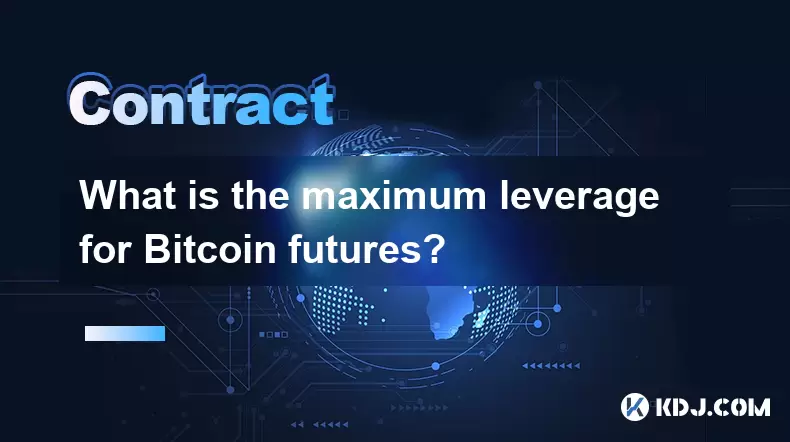-
 Bitcoin
Bitcoin $118400
0.19% -
 Ethereum
Ethereum $3766
5.19% -
 XRP
XRP $3.547
3.45% -
 Tether USDt
Tether USDt $1.000
0.01% -
 BNB
BNB $754.4
2.76% -
 Solana
Solana $182.1
2.48% -
 USDC
USDC $0.9998
-0.01% -
 Dogecoin
Dogecoin $0.2749
12.98% -
 Cardano
Cardano $0.8737
4.84% -
 TRON
TRON $0.3178
-0.78% -
 Hyperliquid
Hyperliquid $46.87
4.87% -
 Stellar
Stellar $0.4745
2.35% -
 Sui
Sui $3.945
4.11% -
 Chainlink
Chainlink $19.49
5.38% -
 Hedera
Hedera $0.2789
4.28% -
 Bitcoin Cash
Bitcoin Cash $549.5
5.60% -
 Avalanche
Avalanche $25.36
1.14% -
 Shiba Inu
Shiba Inu $0.00001576
5.38% -
 Litecoin
Litecoin $117.5
4.42% -
 UNUS SED LEO
UNUS SED LEO $8.987
-0.08% -
 Toncoin
Toncoin $3.299
2.83% -
 Polkadot
Polkadot $4.543
3.41% -
 Uniswap
Uniswap $10.69
5.28% -
 Ethena USDe
Ethena USDe $1.001
-0.02% -
 Pepe
Pepe $0.00001443
8.78% -
 Monero
Monero $326.4
0.36% -
 Bitget Token
Bitget Token $5.000
2.07% -
 Dai
Dai $0.9999
-0.02% -
 Aave
Aave $328.7
3.62% -
 Bittensor
Bittensor $428.6
3.35%
Is trading Bitcoin contracts profitable?
Bitcoin contract trading allows speculation on price movements using leverage, but requires careful risk management to avoid liquidation and maximize profits.
Jul 20, 2025 at 08:21 pm

Understanding Bitcoin Contracts
Bitcoin contracts, commonly referred to as Bitcoin futures contracts, are derivative financial instruments that allow traders to speculate on the future price of Bitcoin without owning the underlying asset. These contracts are widely available on major cryptocurrency exchanges such as Binance, Bybit, and OKX. Traders can go long (buy) if they expect the price to rise or short (sell) if they anticipate a price drop.
The profitability of trading Bitcoin contracts depends on various factors, including market volatility, leverage used, and risk management strategies. Unlike spot trading, contract trading introduces additional elements like funding rates, liquidation levels, and margin requirements, which can significantly impact potential profits or losses.
How Bitcoin Contract Trading Works
To engage in Bitcoin contract trading, a trader must first open an account on a futures trading platform and deposit collateral in the form of cryptocurrency or fiat. The next step involves selecting the contract type, such as perpetual futures or quarterly futures, and choosing the leverage level, which can range from 1x to 100x or more.
Once the position is opened, the trader must monitor the market closely. If the price moves against the trader’s prediction, the platform may initiate a liquidation process to recover the borrowed funds. This makes risk management crucial, especially when using high leverage. Traders often use stop-loss and take-profit orders to automate exits and protect capital.
Profitability Factors in Bitcoin Contract Trading
Several key elements determine whether trading Bitcoin contracts is profitable:
- Market Volatility: Bitcoin is known for its sharp price swings, which can create profit opportunities but also increase the risk of liquidation.
- Leverage Usage: While higher leverage amplifies gains, it also increases the risk of total loss.
- Funding Rates: In perpetual futures contracts, funding rates are periodic payments made to or collected from traders based on the difference between the contract price and the spot price.
- Trading Strategy: Successful traders rely on technical analysis, chart patterns, and risk-reward ratios to make informed decisions.
- Emotional Discipline: Avoiding impulse trading and panic selling is essential for long-term profitability.
Step-by-Step Guide to Trading Bitcoin Contracts Profitably
- Choose a Reliable Exchange: Select a platform with low fees, high liquidity, and robust risk management tools. Examples include Bybit, Binance Futures, and KuCoin Futures.
- Understand Contract Specifications: Learn about contract size, expiration dates, and funding rate mechanisms before opening a position.
- Set Up a Trading Account: Complete KYC verification, deposit funds, and enable two-factor authentication (2FA) for security.
- Analyze the Market: Use candlestick charts, volume indicators, and support/resistance levels to identify entry and exit points.
- Determine Position Size and Leverage: Calculate the appropriate leverage and margin allocation based on your risk tolerance and account size.
- Place the Trade: Open a long or short position and set stop-loss and take-profit levels to manage risk automatically.
- Monitor and Adjust: Track the trade in real-time, and be ready to close or adjust positions based on market conditions.
Common Risks in Bitcoin Contract Trading
Trading Bitcoin contracts carries significant risks, especially for inexperienced traders. Some of the most common risks include:
- Liquidation Risk: If the market moves against the trader and the account equity drops below the maintenance margin, the position will be automatically liquidated.
- Leverage Risk: Using excessive leverage can lead to rapid capital loss, even if the trader’s market prediction is correct over the long term.
- Volatility Risk: Bitcoin’s price volatility can trigger unexpected liquidations or amplify losses in a short period.
- Funding Rate Risk: Holding perpetual contracts overnight can result in positive or negative funding payments, which affect overall profitability.
- Platform Risk: Issues like exchange downtime, slippage, or technical errors can impact trade execution and profitability.
Strategies for Profitable Bitcoin Contract Trading
Profitable Bitcoin contract traders often employ specific strategies to maximize gains and minimize losses:
- Range Trading: Identifying and trading within support and resistance zones where the price tends to bounce.
- Trend Following: Entering trades in the direction of a strong trend using moving averages and momentum indicators.
- Arbitrage Opportunities: Exploiting price differences between spot and futures markets across exchanges.
- News-Based Trading: Reacting quickly to major news events like regulatory changes or macroeconomic developments that affect Bitcoin’s price.
- Hedging: Using futures contracts to offset potential losses in spot holdings during uncertain market conditions.
Frequently Asked Questions (FAQs)
1. What is the minimum amount required to start trading Bitcoin contracts?
Most platforms allow traders to start with as little as $10 to $50, depending on the leverage and contract size. However, trading with small amounts increases the risk of liquidation due to limited margin buffer.
2. Can I trade Bitcoin contracts without using leverage?
Yes, traders can open positions with 1x leverage, meaning they are not borrowing funds. This reduces liquidation risk but also limits potential profits compared to leveraged positions.
3. How do funding rates affect Bitcoin perpetual contracts?
Funding rates are periodic payments exchanged between long and short traders to keep the perpetual contract price close to the spot price. Positive funding rates mean longs pay shorts, and vice versa. These rates can add up over time and impact profitability for overnight positions.
4. Is it possible to lose more than the initial investment in Bitcoin contract trading?
Yes, especially when using high leverage. If the market moves sharply against the trader and liquidation occurs, the loss can exceed the initial margin deposited, depending on the exchange's risk management policies.
Disclaimer:info@kdj.com
The information provided is not trading advice. kdj.com does not assume any responsibility for any investments made based on the information provided in this article. Cryptocurrencies are highly volatile and it is highly recommended that you invest with caution after thorough research!
If you believe that the content used on this website infringes your copyright, please contact us immediately (info@kdj.com) and we will delete it promptly.
- Bitcoin's Wild Ride: Records, Rallies, and Reversals - A New Yorker's Take
- 2025-07-21 02:30:12
- CoinDCX Hack: $44 Million Lost, User Funds Safe... For Now?
- 2025-07-21 02:30:12
- BONK, FLOKI, Remittix Predictions: Navigating the Meme Coin Mania and Beyond
- 2025-07-21 02:50:13
- Hacker Attack on CoinDCX: Funds Safe, But Lessons Learned
- 2025-07-21 02:50:13
- Rachel Booth: Missing Person Case and Jogging Clues Unfold
- 2025-07-21 02:55:12
- Iron Maiden: Music Legends Celebrate 50 Years with Royal Mint Coin
- 2025-07-21 00:30:13
Related knowledge

What is a maker vs a taker fee?
Jul 19,2025 at 01:14am
Understanding the Basics of Cryptocurrency Exchange FeesIn the world of cryptocurrency trading, maker vs taker fees are a fundamental concept that eve...

How to analyze Bitcoin futures data from CME?
Jul 19,2025 at 05:22pm
Understanding Bitcoin Futures on CMEBitcoin futures on the CME Group (Chicago Mercantile Exchange) represent a regulated financial instrument that all...

Common mistakes in crypto futures trading
Jul 20,2025 at 09:56pm
Overleveraging Without Risk ManagementOne of the most common mistakes in crypto futures trading is overleveraging. Traders often believe that using hi...

How to understand the liquidation price?
Jul 19,2025 at 10:00pm
What Is a Liquidation Price in Cryptocurrency Trading?In the realm of cryptocurrency futures and margin trading, the liquidation price refers to the s...

What is the maximum leverage for Bitcoin futures?
Jul 20,2025 at 03:42pm
Understanding Leverage in Bitcoin FuturesLeverage in Bitcoin futures refers to the use of borrowed capital to increase the potential return on investm...

What is time in force (GTC, IOC, FOK)?
Jul 19,2025 at 08:57am
Understanding Time in Force in Cryptocurrency TradingIn the world of cryptocurrency trading, the Time in Force (TIF) is a crucial parameter that deter...

What is a maker vs a taker fee?
Jul 19,2025 at 01:14am
Understanding the Basics of Cryptocurrency Exchange FeesIn the world of cryptocurrency trading, maker vs taker fees are a fundamental concept that eve...

How to analyze Bitcoin futures data from CME?
Jul 19,2025 at 05:22pm
Understanding Bitcoin Futures on CMEBitcoin futures on the CME Group (Chicago Mercantile Exchange) represent a regulated financial instrument that all...

Common mistakes in crypto futures trading
Jul 20,2025 at 09:56pm
Overleveraging Without Risk ManagementOne of the most common mistakes in crypto futures trading is overleveraging. Traders often believe that using hi...

How to understand the liquidation price?
Jul 19,2025 at 10:00pm
What Is a Liquidation Price in Cryptocurrency Trading?In the realm of cryptocurrency futures and margin trading, the liquidation price refers to the s...

What is the maximum leverage for Bitcoin futures?
Jul 20,2025 at 03:42pm
Understanding Leverage in Bitcoin FuturesLeverage in Bitcoin futures refers to the use of borrowed capital to increase the potential return on investm...

What is time in force (GTC, IOC, FOK)?
Jul 19,2025 at 08:57am
Understanding Time in Force in Cryptocurrency TradingIn the world of cryptocurrency trading, the Time in Force (TIF) is a crucial parameter that deter...
See all articles

























































































